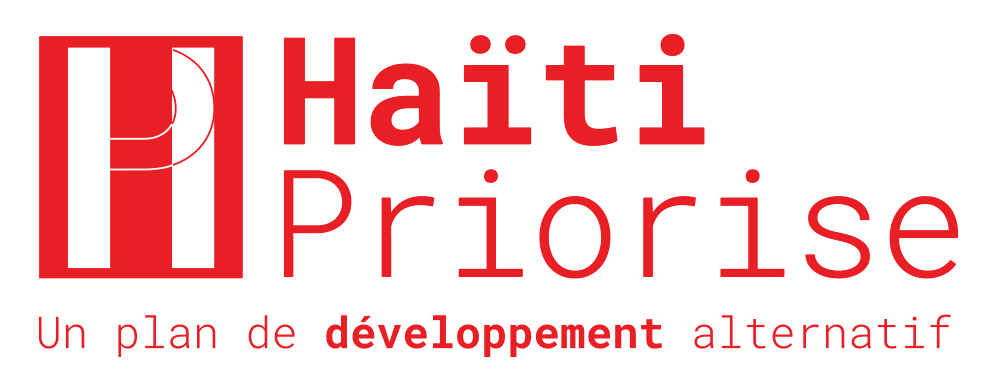Haïti Priorise: Land Records, Joseph
The Problem
With a density of 393 inhabitants per km2 in Haiti, pressures on land have led to an exponential increase in the value of land and major conflicts that disturb the public peace.
Lack of clarity in the land sector leads to a state of insecurity which weakens investments. Haiti’s situation includes:
- A tradition of private ownership giving rise to small and generalized property and sharing;
- Ill-defined, poorly located state sector representing 10% of the national territory;
- Informality of most transactions and land transfers;
- Land insecurity resulting from institutional weaknesses;
- Irregularity of property titles;
- Land disputes that are difficult for the justice system to deal with;
- Inefficient management of archives entailing transaction costs of up to 25% of the value of the property.
The entity responsible for rural and urban land registry information is the National Land Registry Office (ONACA), which is part of the Ministry of Public Works, Transport and Communications. A report produced in May 2010 by the Haitian Government and the OAS specified that the ONACA covered only 5% of the country.
The General Directorate of Taxes (DGT) archives, transcribes and formalizes the land title after receiving it from surveyors and notaries who prepare and certify the land title data. It is responsible for the titling of all public lands, but under customary practices, notaries issue titles of private property.
Since 1824, the DGT central office has accumulated a register of 2,500 books, which have not been digitized. This results in high transaction and administrative costs and the weakening of property titles. The DGT has recently digitized part of the archives for the sole purpose of retaining them but not to streamline the process.
The Solution
- Digitize land records
The main components of land title digitization are:
- Inventory and restoration of land archives for their digitization
- Acquisition of computer equipment
- Design for the land software system
- Digitization and vectorization of land and topographic documents
- Backup of land and topographic information
- Implementation of the computerized information system
- Training of land services officers
Summary Table of the BCR
| Benefits | Costs | Benefits for every gourde spent |
|---|---|---|
| 21.4 billion gourdes | 8.36 billion gourdes | 2.6 |
Costs, Benefits and BCR
Costs
Costs of digitization relate to the acquisition of computer equipment, the implementation of the computer system and its maintenance, and the payment of technician salaries. The personnel cost would be 2.7 million gourdes per year. Software and hardware would each cost 15 million gourdes, in one-off costs.
Digitization also involves judicial costs related to provoking "dormant conflicts" given the irregularity of certain extra-legal titles. It is estimated that there would be 500,000 conflicts during the digitization phase, with a cost of 20,000 gourdes for judicial administration of each conflict. In the first five years of the project, the cost would be 1.56 billion gourdes per year.
Benefits
The benefits of digitization include:
- Administration and storage cost savings. A reduction in the costs of managing and preserving the land archives for the State. The State employs a large number of staff to ensure the management, conservation of land titles and the production of necessary information. In addition, it acquires storage equipment. Despite this, the preservation of archives has a high risk of loss. From 8 years into the intervention, these benefits would start being seen, worth 20 million gourdes per year.
- Operational cost savings. A reduction in staff costs. From 8 years into the intervention, these benefits would start being seen, worth 2.7 million gourdes per year.
- Time gained. For all participants involved in the process. The time to search for existing ownership titles is estimated to be between 3 and 12 months. The waiting time from the moment the notary submits the file to the DGT for registration and payment receipt is estimated between 3 and 18 months. Assuming that the digitization accelerates the dissection of the archives, it is assumed that the time saved will be 5 months. After the first year of the intervention, these benefits would be seen. They would be worth 79.4 million in this year, and would climb over time until they are worth 241 million gourdes.
- Reduction of interest payments on loans. This would be worth 917 million gourdes annually after the first year of the intervention, and this benefit would increase each year, to reach 2.7 billion gourdes.
If spin-off economic benefits are counted, the BCR is considerably higher.

